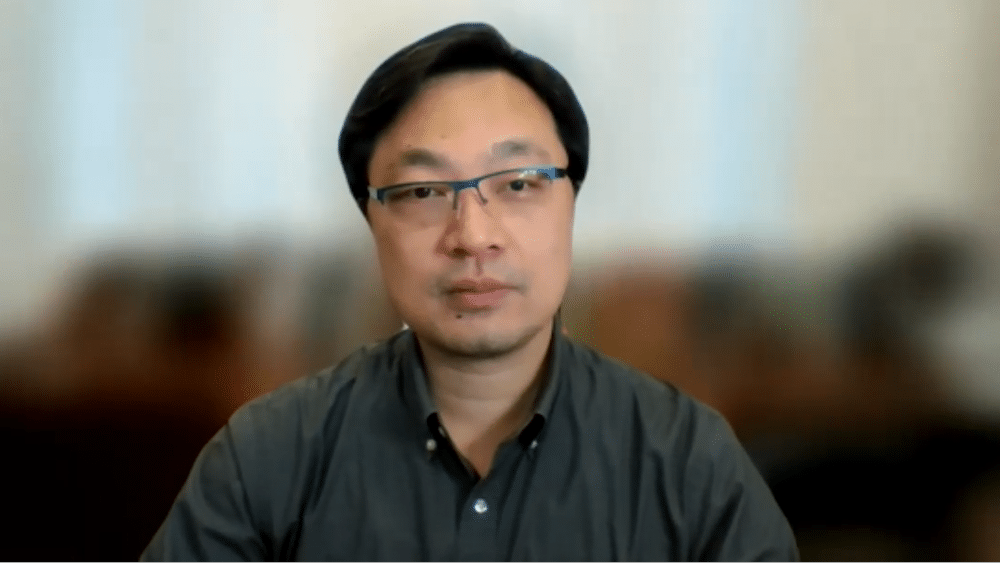Scientists from Chicago have developed an innovative heart stimulator that operates using light. The device, which works similarly to photovoltaic cells, can be implanted using minimally invasive methods, and is not equipped with any electrodes or moving parts. Importantly, when heart muscle stimulation is no longer needed, there will not be a need to perform surgery to remove the stimulator. It is made of biodegradable materials, which will simply dissolve over time and convert into silicic acid.
“This is a temporary pacemaker. It’s not for long-term use, but serves as a transitional or temporary solution. In many health problems, especially after surgeries, patients actually need temporary heart pacemakers which help regulate heart rhythm for a short period of time, like about two months. Thanks to our biodegradable heart pacemaker, additional surgery to remove the inserted pacemaker will not be necessary. Our device will undergo natural degradation in the body. This solution will therefore be safer,” informs Prof. Bozhi Tian of the University of Chicago’s Department of Chemistry in an interview with Newseria Innowacje agency.
The device – in the form of a flexible membrane – is wireless, light-power driven, and is ultralight and thinner than the thickness of a hair. The stimulator is not equipped with any moving parts. It can be implanted by a minimally invasive method – with a small tube. The heart stimulation uses technology similar to photovoltaics. Instead of batteries, researchers implant a tiny fiber optic to provide power. The fiber optic shines according to a precise pattern, which the membrane captures and converts into electrical impulses.
“We use light as a source of energy and semiconductors as converters. We can stimulate cells and tissues in many areas, with very high spatial-temporal resolution. Basically, we have semiconductor device that is placed under physiological conditions. We bring a light source and can generate a specific electric power on the semiconductor material surface. The power obtained in this way can make at least temporary changes in the chemical environment within the semiconductor,” explains the scientist.
Temporary chemical changes caused by the device can trigger specific activity in heart cells – collect and distribute electric power throughout the heart. The use of the device is not limited to heart stimulation though. It could also be used for neuromodulation, experienced in deep brain stimulation in the treatment of Parkinson’s disease for example. In traditional terms, both heart and brain stimulators require a surgical implantation of electrodes.
“A disadvantage of the traditional electrode-based method is that after implantation, the location of the electrodes cannot be easily changed unless another surgical procedure is performed. This is invasive and can lead to damage to tissue and organs or generally worsen the patient’s condition,” points out Prof. Bozhi Tian. “This benefit is associated with the material properties. In our case, it’s silicon. It is incredibly stable when we use it in a computer disk. However, if we place it on the surface, under conditions where we expect a lot of biological fluid, it can degrade naturally. We call silicon a biocompatible, but also biodegradable material.”
Theoretically, heart function could also be stimulated by the optogenetic method, which uses light as an input signal. This, however, involves genetic modification of cells and tissues and while it works well on small animals, such as rats, translating it to a human model would raise not only technical but primarily ethical concerns.
“Our approach is without genetic photostimulation. It combines the advantages of traditional heart stimulator, which is not genetic, and the advantages of optogenetics, which uses light. We thus utilize positive aspects of two traditional methods. We’ve developed a new method and hope that it could be used in clinical conditions too. The advantage is basically that we can use light to have any desired access or control over the stimulated patient,” the scientist points out.
The research team who developed this solution plans to intensify work on its commercialization. This will be undertaken by the start-up founded by the inventors. As the scientist emphasizes, the device could appear on the market within 10 years.
According to data from the National Institute of Cardiology in Poland, about 30,000 heart stimulators are implanted every year. Almost half a million Poles live with such a device, most often a heartbeat pacemaker. Poland has one of the highest indicators of such devices in the population in Europe.
